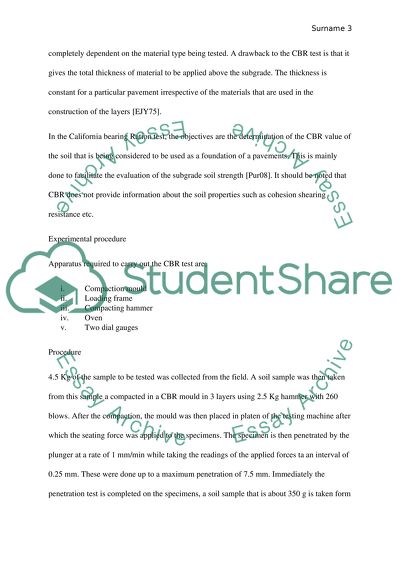Cite this document
(“DBR LAB Report Example | Topics and Well Written Essays - 2000 words”, n.d.)
DBR LAB Report Example | Topics and Well Written Essays - 2000 words. Retrieved from https://studentshare.org/engineering-and-construction/1638315-dbr-lab
DBR LAB Report Example | Topics and Well Written Essays - 2000 words. Retrieved from https://studentshare.org/engineering-and-construction/1638315-dbr-lab
(DBR LAB Report Example | Topics and Well Written Essays - 2000 Words)
DBR LAB Report Example | Topics and Well Written Essays - 2000 Words. https://studentshare.org/engineering-and-construction/1638315-dbr-lab.
DBR LAB Report Example | Topics and Well Written Essays - 2000 Words. https://studentshare.org/engineering-and-construction/1638315-dbr-lab.
“DBR LAB Report Example | Topics and Well Written Essays - 2000 Words”, n.d. https://studentshare.org/engineering-and-construction/1638315-dbr-lab.


